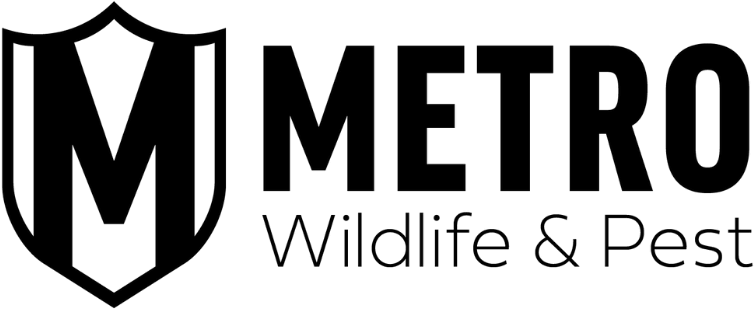Navigating the Challenges of Bat Infestations in Charleston’s Historic Homes
The quaint and historic homes of Charleston, South Carolina have a unique charm about them. These homes, however, are not immune to the challenges posed by bats, a common pest in the region. Bats not only pose a health risk but can also cause significant damage to these historic structures. As a homeowner, identifying and mitigating these infestations can be a complex task. But don’t worry, Metro Wildlife Control is here to assist you in navigating these challenges and ensuring your beloved home remains bat-free.

Identifying Signs of Bat Infestations in Historic Charleston Homes
To tackle a bat infestation, the first step is to correctly identify the signs. Bats are nocturnal creatures and often seek refuge in dark, secluded areas like attics, basements, or wall cavities. Tell-tale signs of a bat infestation include bat droppings or ‘guano’, which are often found near the entry points used by bats. Guano has a strong, unpleasant odor and can cause respiratory issues in humans if inhaled.

Another sign is the presence of greasy, brownish marks on walls or around small holes, caused by the oils in a bat’s fur. You may also hear chittering noises or see bats flying around your home at dawn or dusk. Bats are also known to leave a trail of urine stains on walls or ceilings. Spotting multiple bats in and around your home is a definitive sign of a bat colony residing in your building.
Professional Solutions for Mitigating Bat-Related Damages
Once a bat infestation is identified, swift action is required to prevent further damage. Professional pest control services, like Metro Wildlife Control, offer comprehensive solutions for bat removal. They begin by conducting a thorough inspection of your home to identify all bat entry and exit points. Following this, they implement a humane bat exclusion process, which involves installing one-way devices that allow bats to leave but not re-enter.

The second step in the process involves bat-proofing your home to prevent future infestations. This includes sealing off all potential entry points such as gaps in the roofing, vents, and chimneys. Lastly, the area is cleaned and decontaminated to remove any remnants of guano, urine, and other bat-related debris. It’s crucial to entrust this task to professionals, as improper handling of bat droppings can lead to the spread of diseases like Histoplasmosis.

In conclusion, bat infestations in historic homes are a serious issue that requires professional intervention. With the right signs to look out for and the knowledge of how professionals handle such infestations, you can protect your home from potential structural damage and health risks. Remember, the goal is not to harm these creatures but to safely and humanely remove them from your living spaces. For all your wildlife pest control needs, trust Metro Wildlife Control to provide effective and humane solutions.
